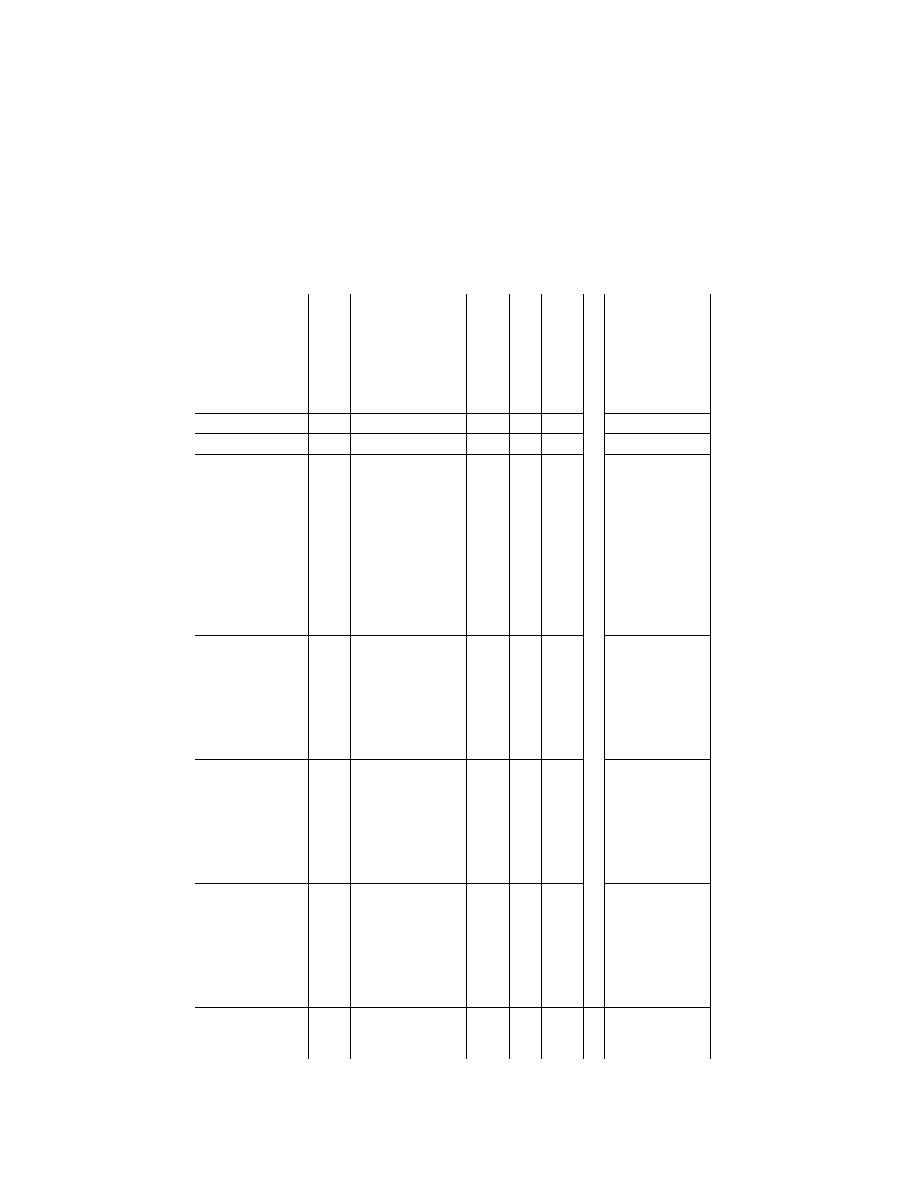
159
Federal Aviation Administration, DOT
Pt. 60, App. B
2.a.2.b.
.....
Roll Controller Position vs.
Force.
±
2 lb (0.9 daN) breakout,
±
10% or
±
3 lb (1.3 daN)
force.
As
determined
by
sponsor
..
Record results during initial qualification
evaluation for an uninterrupted control
sweep to the stops. The recorded toler-
ances apply to subsequent comparisons
on continuing qualification evaluations.
X
Applicable only on con-
tinuing qualification eval-
uations. The intent is to
design the control feel for
Level 5 to be able to
manually fly an instru-
ment approach; and not
to compare results to
flight test or other such
data.
2.a.3.a.
.....
Rudder Pedal Position vs.
Force and Surface Posi-
tion Calibration.
±
5 lb (2.2 daN) breakout,
±
10% or
±
5 lb (2.2 daN)
force,
±
2
°
rudder angle.
Ground
................................
Record results for an uninterrupted control
sweep to the stops.
X
2.a.3.b.
.....
Rudder Pedal Position vs.
Force.
±
5 lb (2.2 daN) breakout,
±
10% or
±
5 lb (2.2 daN)
force.
As
determined
by
sponsor
..
Record results during initial qualification
evaluation for an uninterrupted control
sweep to the stops. The recorded toler-
ances apply to subsequent comparisons
on continuing qualification evaluations.
X
Applicable only on con-
tinuing qualification eval-
uations. The intent is to
design the control feel for
Level 5 to be able to
manually fly an instru-
ment approach; and not
to compare results to
flight test or other such
data.
2.a.4.
........
Nosewheel Steering Con-
troller Force.
±
2 lb (0.9 daN) breakout,
±
10% or
±
3 lb (1.3 daN)
force.
Ground
................................
Record results of an uninterrupted control
sweep to the stops.
X
2.a.5.
........
Rudder Pedal Steering Cali-
bration.
±
2
°
nosewheel
angle
..........
Ground
................................
Record results of an uninterrupted control
sweep to the stops.
X
2.a.6.
........
Pitch Trim Indicator vs. Sur-
face Position Calibration.
±
0.5
°
of computed trim sur-
face angle.
Ground
................................
X
The purpose of the test is to
compare the FTD against
design data or equivalent.
2.a.7.
........
(Reserved)
2.a.8.
........
Alignment of Flight deck
Throttle Lever vs. Se-
lected Engine Parameter.
±
5
°
of throttle lever angle or
±
0.8 in (2 cm) for power
control without angular
travel, or
±
3% N1, or
±
0.03 EPR, or
±
3% max-
imum rated manifold
pressure, or
±
3% torque.
Ground
................................
Requires simultaneous recording for all
engines. The tolerances apply against
airplane data and between engines. In
the case of propeller powered airplanes,
if a propeller lever is present, it must
also be checked. For airplanes with
throttle ‘‘detents,’’ all detents must be
presented. May be a series of snapshot
test results.
X
VerDate Mar<15>2010
20:48 Jan 30, 2014
Jkt 232047
PO 00000
Frm 00169
Fmt 8010
Sfmt 8002
Q:\14\14V2.TXT
ofr150
PsN: PC150